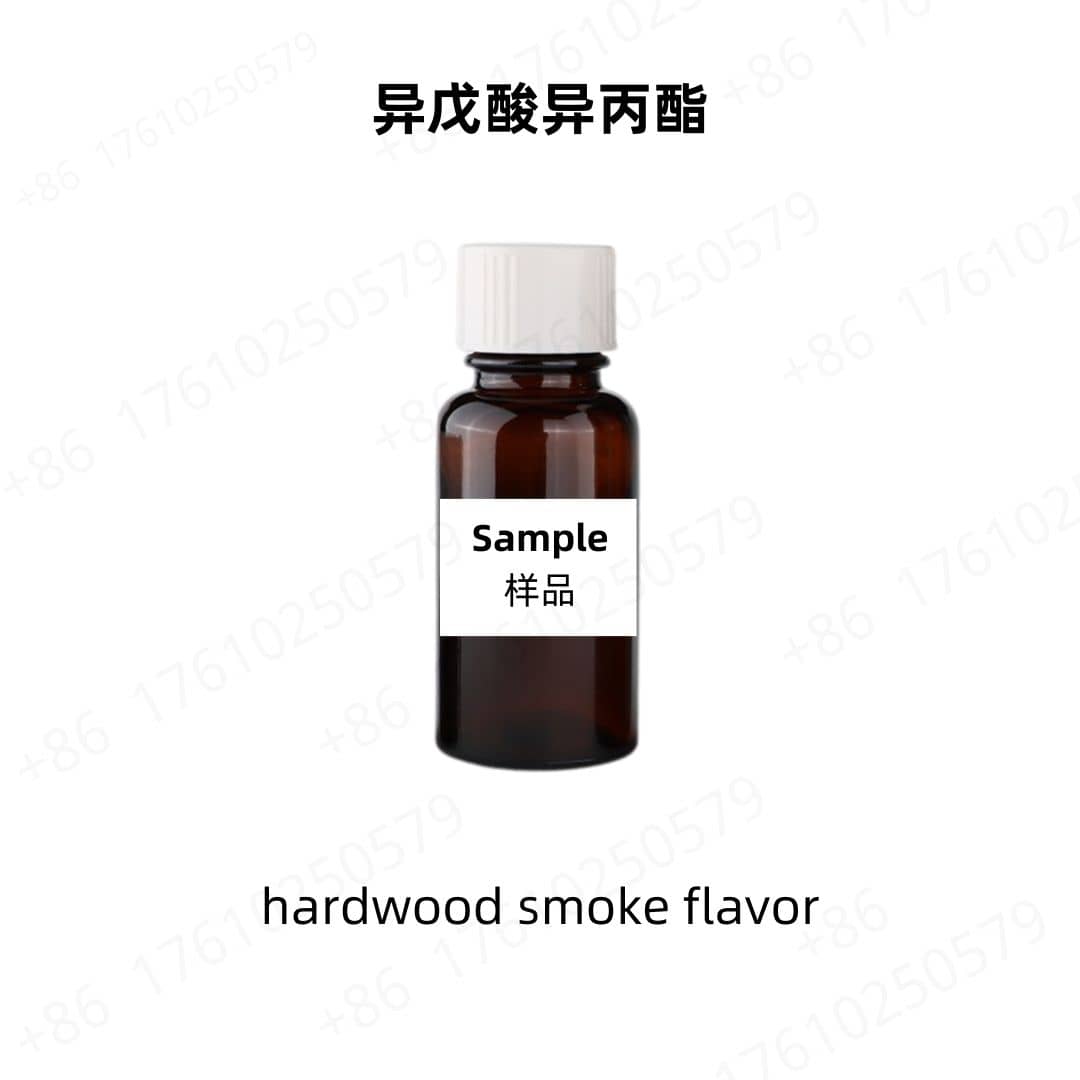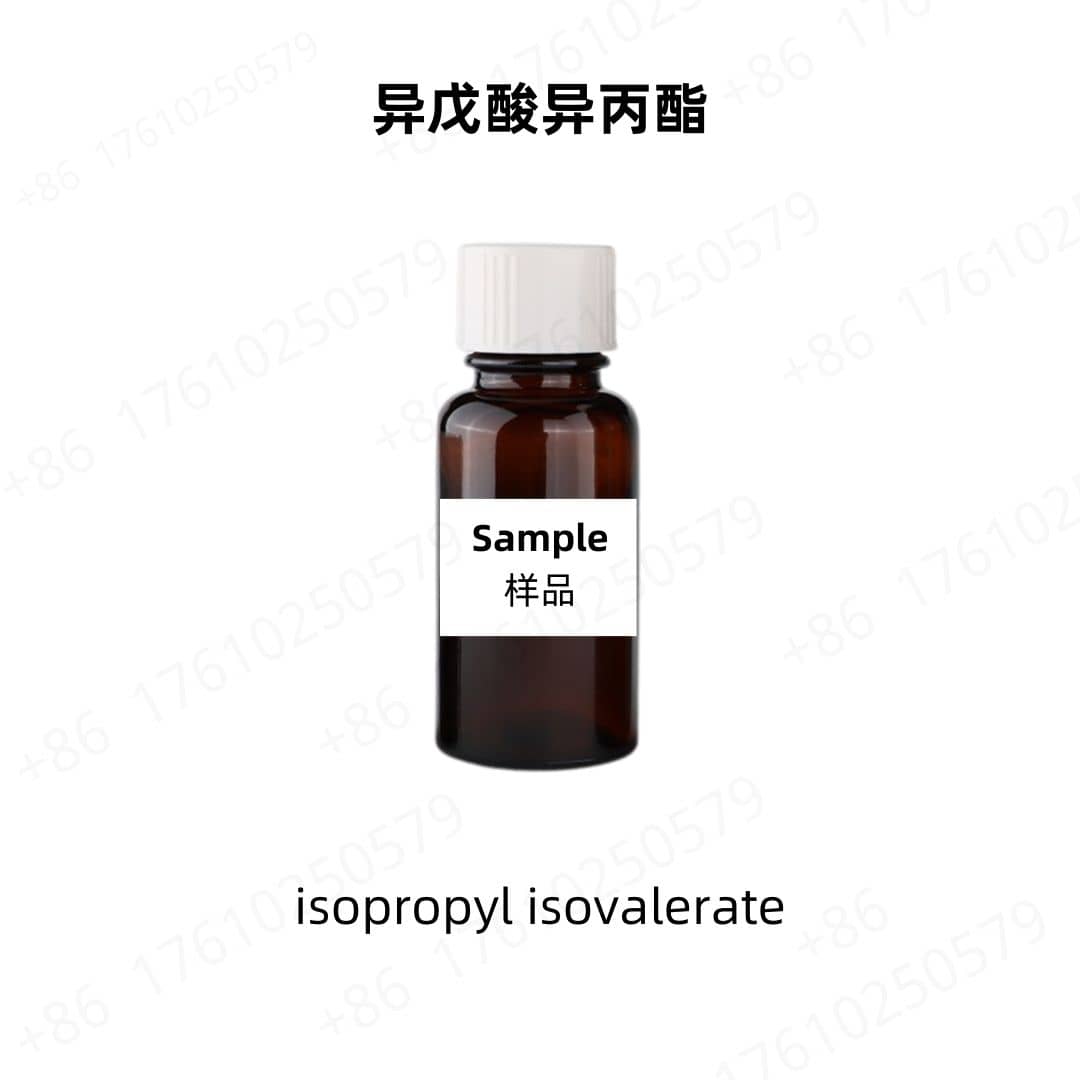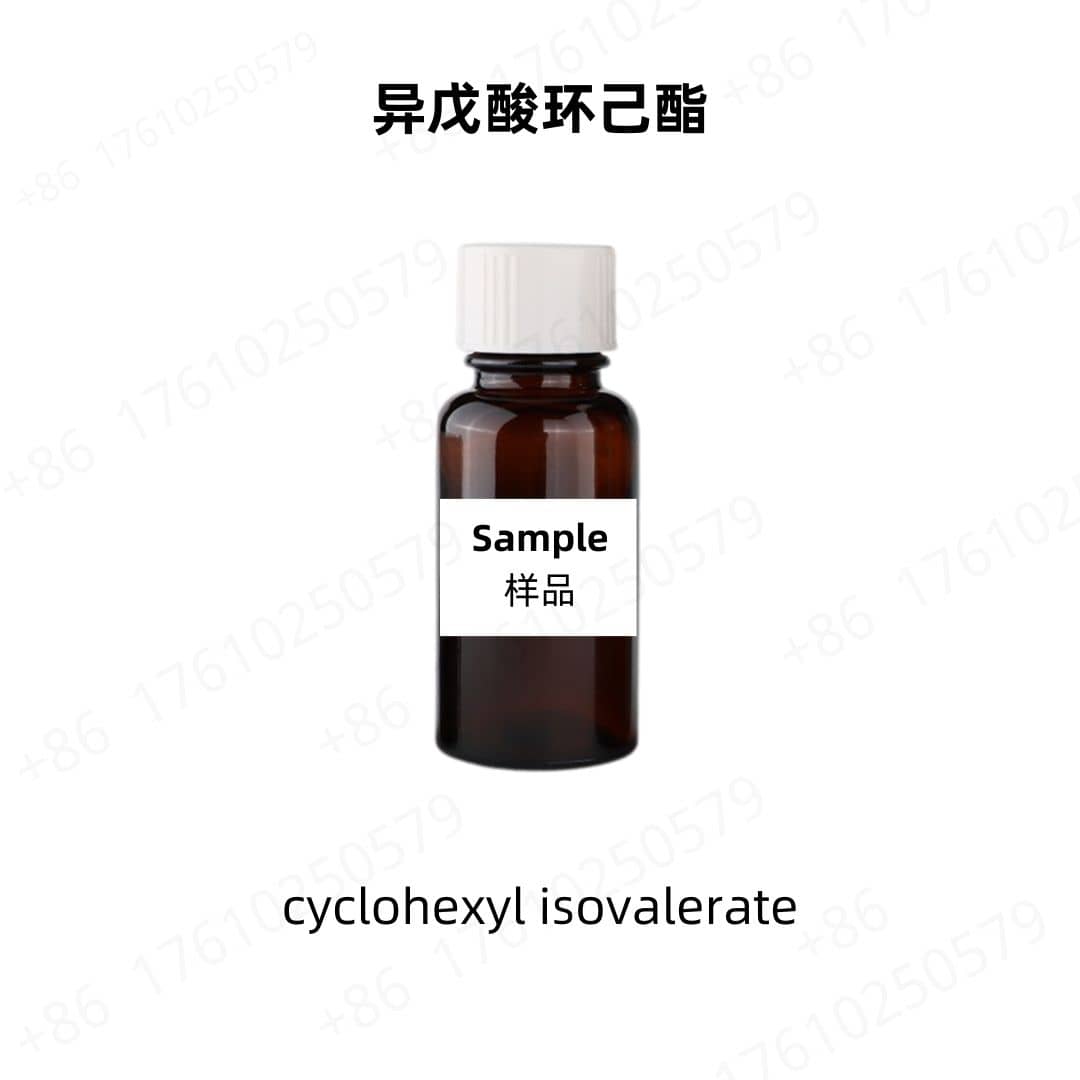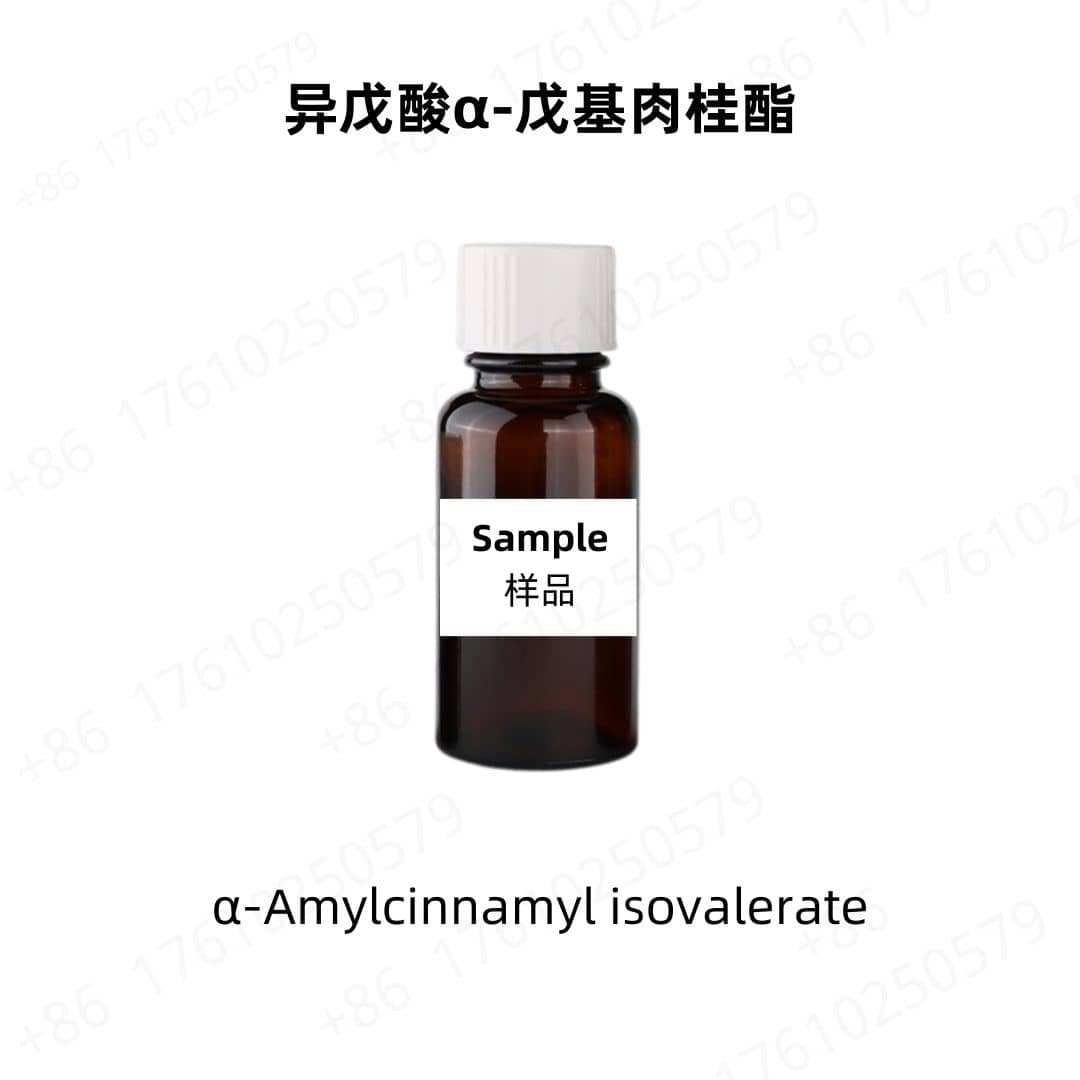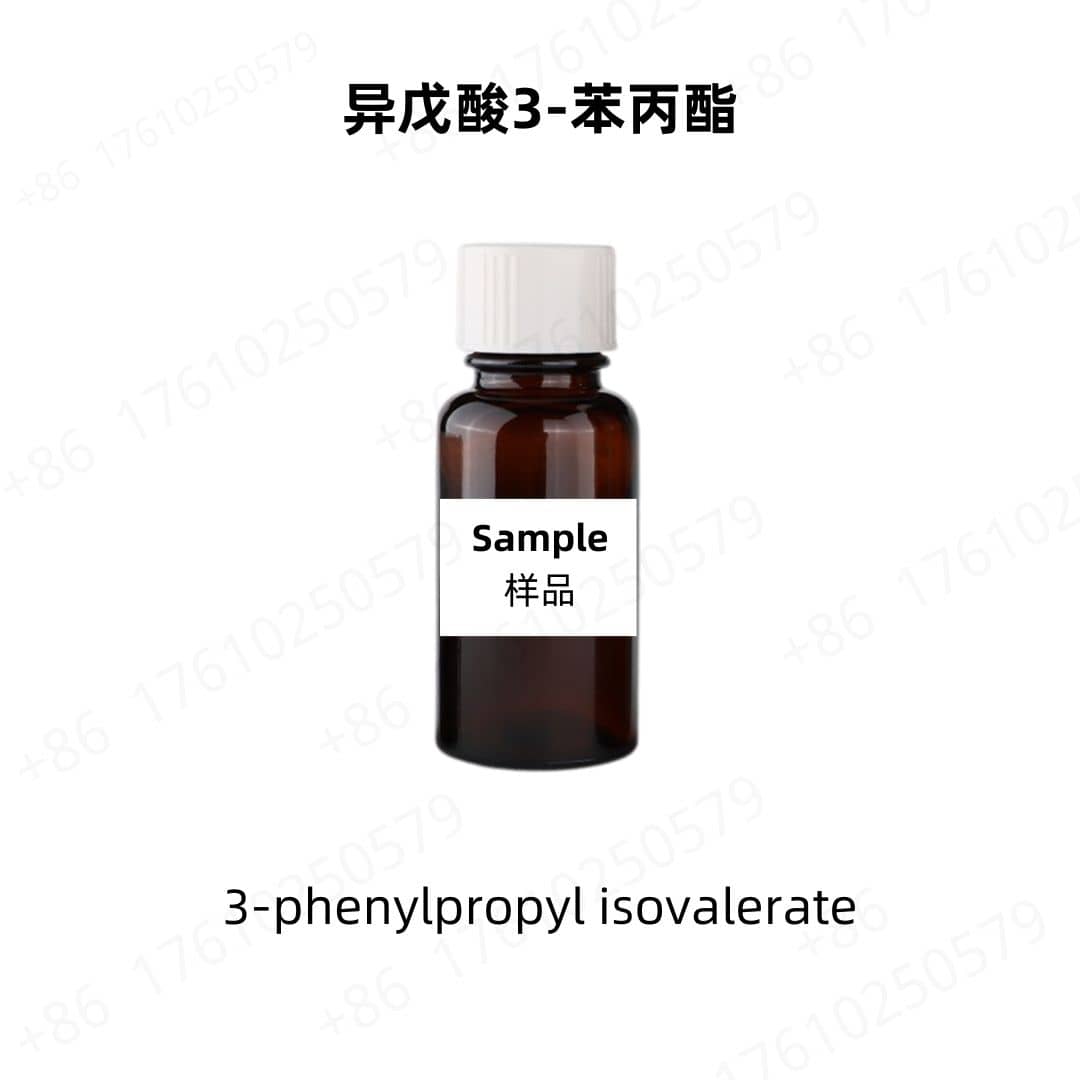Product Introduction
Glycine, known for its simple structure and versatile properties, plays a vital role in various industries. The hydroxyacetonitrile method is a specific synthesis route that provides this important amino acid effectively. Its applications range from food preservation to pharmaceutical formulations, attributed to its safety and efficacy. Glycine's role in protein synthesis makes it a key component in nutritional products as well.
Product Composition
Glycine is composed of a single amino acid, classified as the simplest amino acid due to its minimalistic structure. It consists of an amino group, a carboxyl group, and a hydrogen atom, all attached to a central carbon atom. This composition allows glycine to serve as a building block in proteins and as a precursor for other bioactive compounds. Hydroxyacetonitrile method ensures a high purity level of glycine, making it suitable for diverse applications.
Production Process
The hydroxyacetonitrile method involves the reaction of specific starting materials under controlled conditions to yield glycine. This process typically requires careful monitoring of temperature and pH to optimize yield. After synthesis, the product undergoes purification steps to eliminate impurities and enhance its quality. At the end of the process, glycine achieves a high purity level, suitable for commercial distribution.
Efficacy and Function
Glycine functions primarily as an inhibitory neurotransmitter within the central nervous system, contributing to overall neurotransmission. It also plays a key role in synthesizing proteins, collagen, and various other biomolecules within the body. In food products, glycine can act as a flavor enhancer while providing nutritional benefits. Its biological activities include antioxidant effects and participation in metabolic pathways.
Application Scenarios
Glycine is widely utilized in the pharmaceutical industry for drug formulation due to its biocompatibility and safety profile. In food manufacturing, it serves both as a flavoring agent and as a preservative, enhancing the overall product stability. Cosmetic formulations often include glycine for its moisturizing properties, supporting skin health. Its versatility allows it to be integrated into nutritional supplements aimed at promoting general health and wellness.
Packaging and Transportation
- Storage Conditions: The product should be sealed, protected from light, kept away from high temperatures, and stored in a dry, cool, and well-ventilated place.
- Packaging: Bulk packaging is 25kg per drum; sample packaging is 1kg per bottle, and custom packaging is available upon request.
- Shipping Methods: Available shipping methods include FedEx, DHL, dedicated logistics, and sea freight consolidation.
- Shelf Life: Two years.
Monica Sun’s expertise in the cosmetic ingredients industry spans emulsifiers, active components, and plant-based raw materials development and application. She is dedicated to integrating science and nature, providing high-performance and eco-friendly ingredient solutions for skincare and personal care products.









